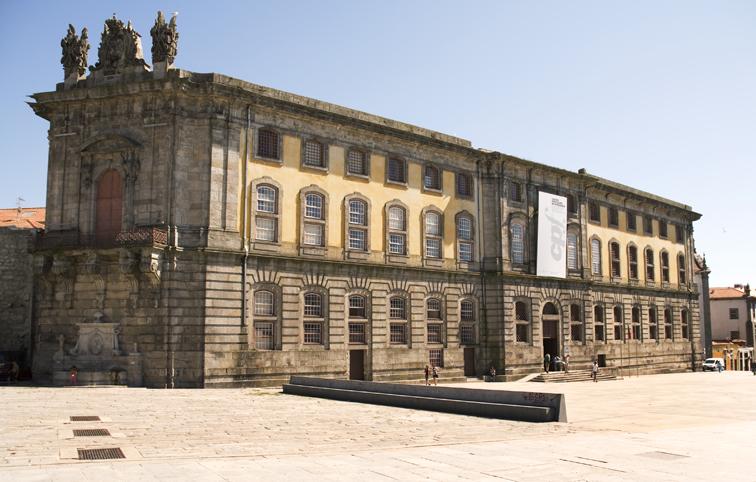
It was uninviting from the outside, but the conversion inside was amazing and made an ideal gallery space.
It is massive, constructed using granite blocks, with iron gates and black iron bars on the windows as one would see in a prison — austere, set back from the road, with not a tree or a blade of grass to break the seriousness of what it represented.

A sign on the exterior reads: “Centro Portugues de Fotografia” (Portuguese Center of Photography).

Entering through the thick iron gates, each step I took could be tracked through the hollow building. I walked into a central atrium, with domed ceilings — and every window had black metal bars across it, reminding one, even though this is now a handsome exhibition space… it was once a jail.
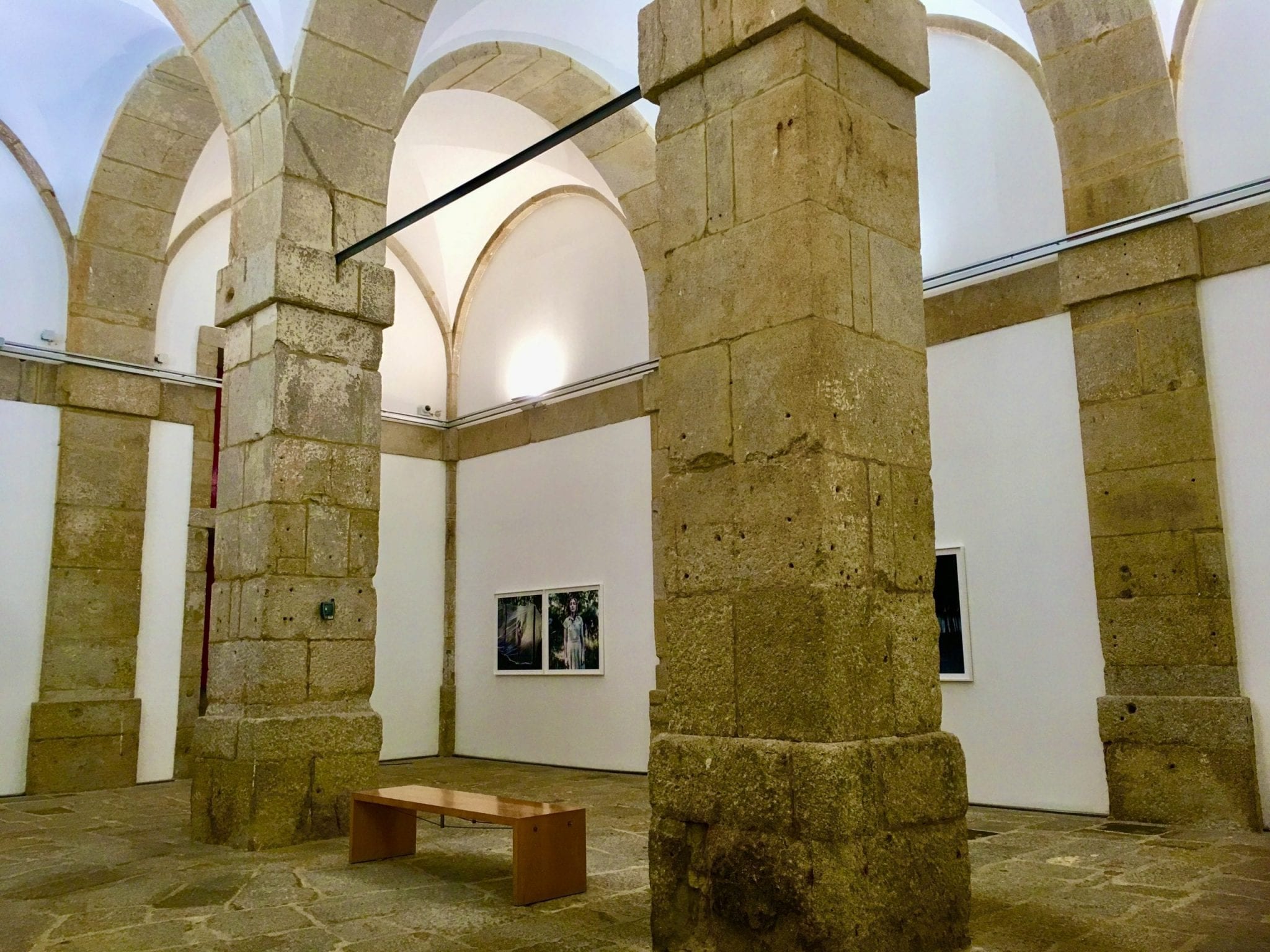
Built in the late 18th century, this building had operated as a prison for about two hundred years until 1974 when Portugal gained its freedom, ending a long military dictatorship. When the Ministry of Culture took it over in 1997, it was converted into a photography museum under their patronage. Two very prominent architects were handed the task of converting it from a prison to a museum and gallery space where photographic works by Portuguese and International photographers could be shown.
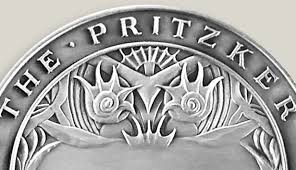
Both these architects had done several noteworthy new projects as well as transforming some genuine heritage buildings into contemporary use and have been published in upscale architectural publications. They are Eduardo Souto de Moura who is a recipient of the Internationa Pritzker Prize (originated by the Pritzker Family Foundation of Chicago and known as the “Nobel Prize of Architecture”) and Humberto Vieira, another well respected Portuguese architect.
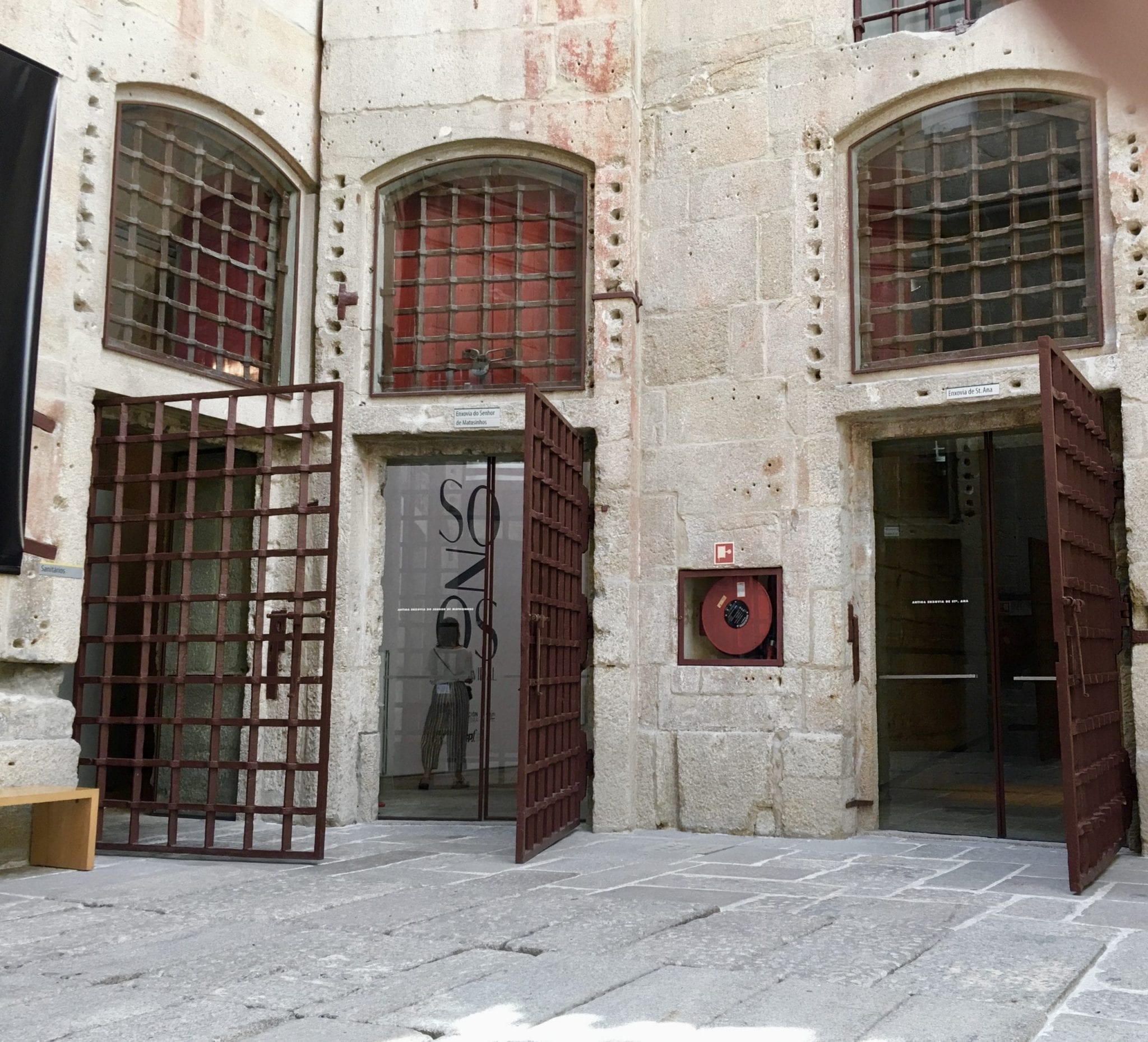
Entering the central atrium, you find several gallery spaces radiating out from it as well as individual prison cells with heavy metal doors.

There are three floors to the museum: the first floor, where the exhibitions are installed, features walls that are pale cream in contrast with the granite blocks. These galleries have good height, with beautifully proportioned domed ceilings and uninterrupted walls where the photographs are installed.
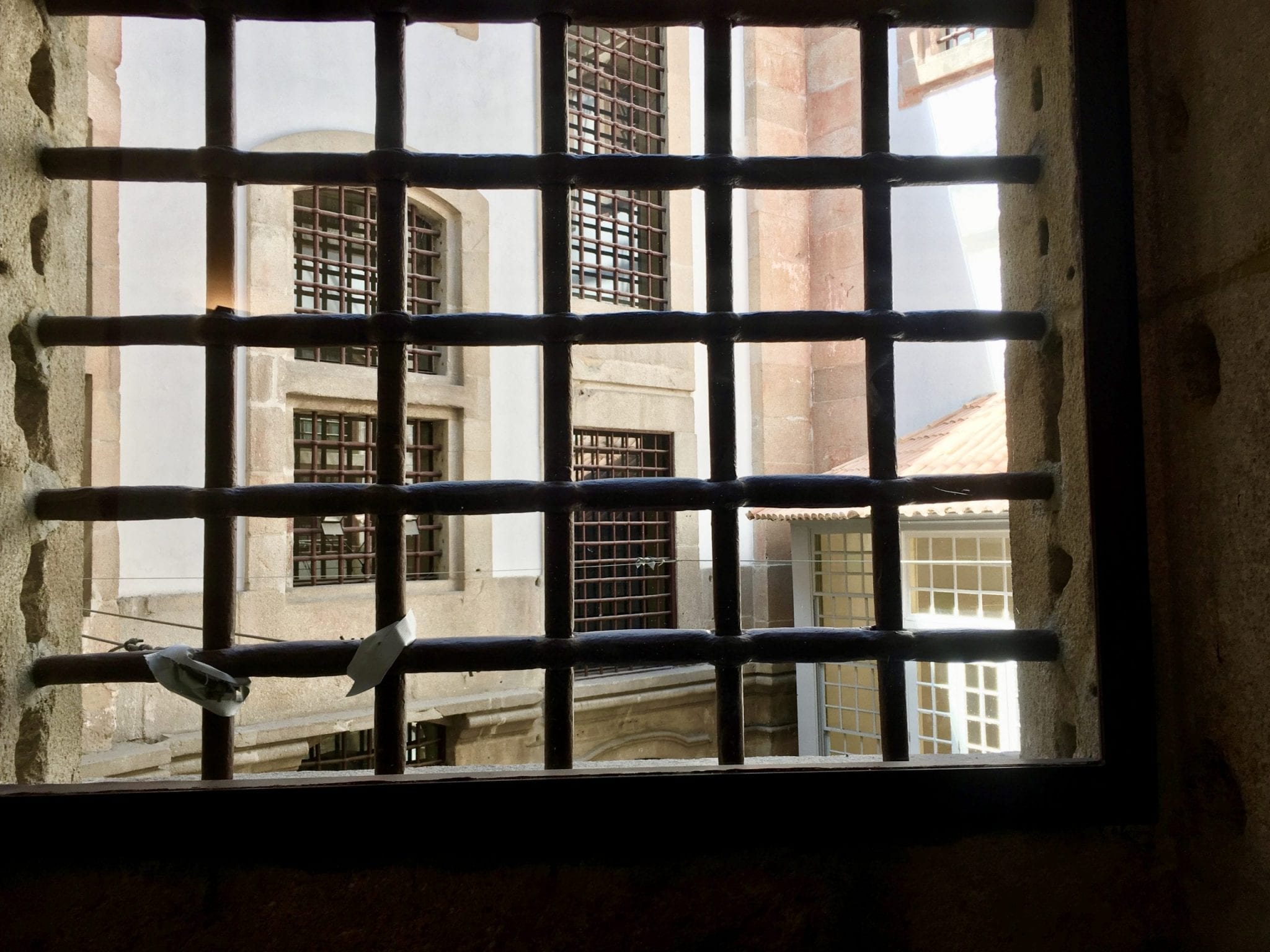
During the time it was a penitentiary, this was the floor occupied by the pauper class of criminals. The next floor was the women’s jail — and above that, the wealthier citizens who had clashed with the law were imprisoned, above everyone, even here! I climbed the stone staircase, looking at all the floors, peering into the cells, realizing how cold and forbidding it was to be incarcerated here, with no possibility of escape.
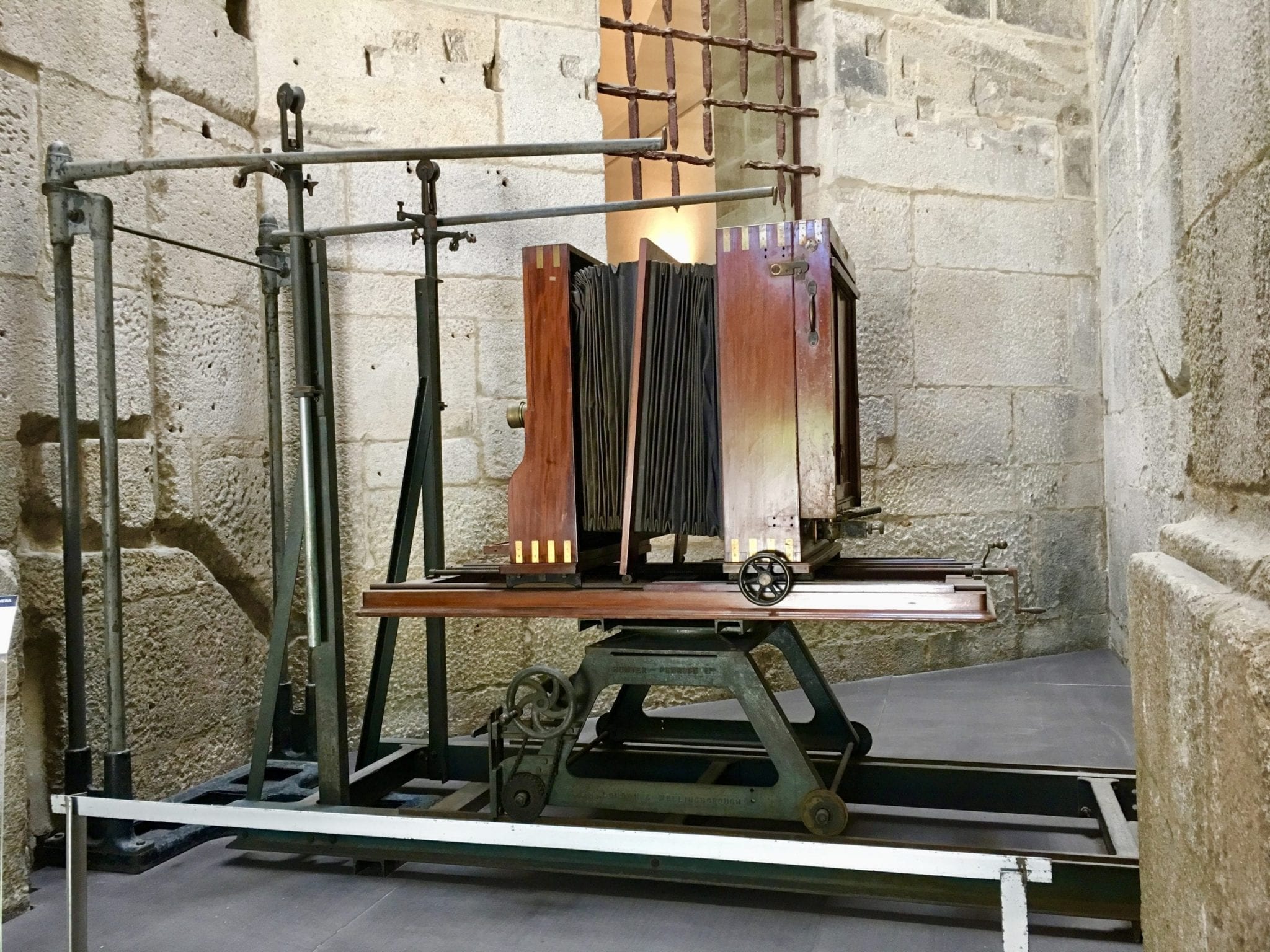

The top floor also has a valuable antique camera collection on show, with most of the cameras having been donated by Antonio Pedro Vicente who had a passion for old cameras. The museum is fortunate to have these on display, with the assortment including everything from Daguerreian antique models to more modern spy cameras.

CAMILO CASTELO BRANCO, THE FAMOUS PORTUGUESE NOVELIST, WAS INCARCERATED HERE
In 1861, one of the prison’s most famous inmates, a Portuguese novelist named Camilo Castelo Branco, was incarcerated together here with his mistress, Ana Placido, on the grounds of adultery (yes, they were imprisoned together!!). Branco, a very prolific writer, had written 58 novels and is sometimes referred to as the Portuguese Balzac. Ana, also a writer, was the wife of a wealthy businessman who had strayed in Branco’s direction. While incarcerated with Ana, he wrote his most famous book in the prison, completing it in two weeks — appropriately titled “Doomed Love”!!
Released after twelve months, Branco and Anna retired to a small village. After Ana’s husband died, the two lovers were married in 1864. Although he continued to write, the quality of his writing was inconsistent and Branco lost his spirit and felt like a broken man. Unable to come to terms with his son’s insanity, his own ill health, and the onset of blindness, he ended his life by committing suicide.
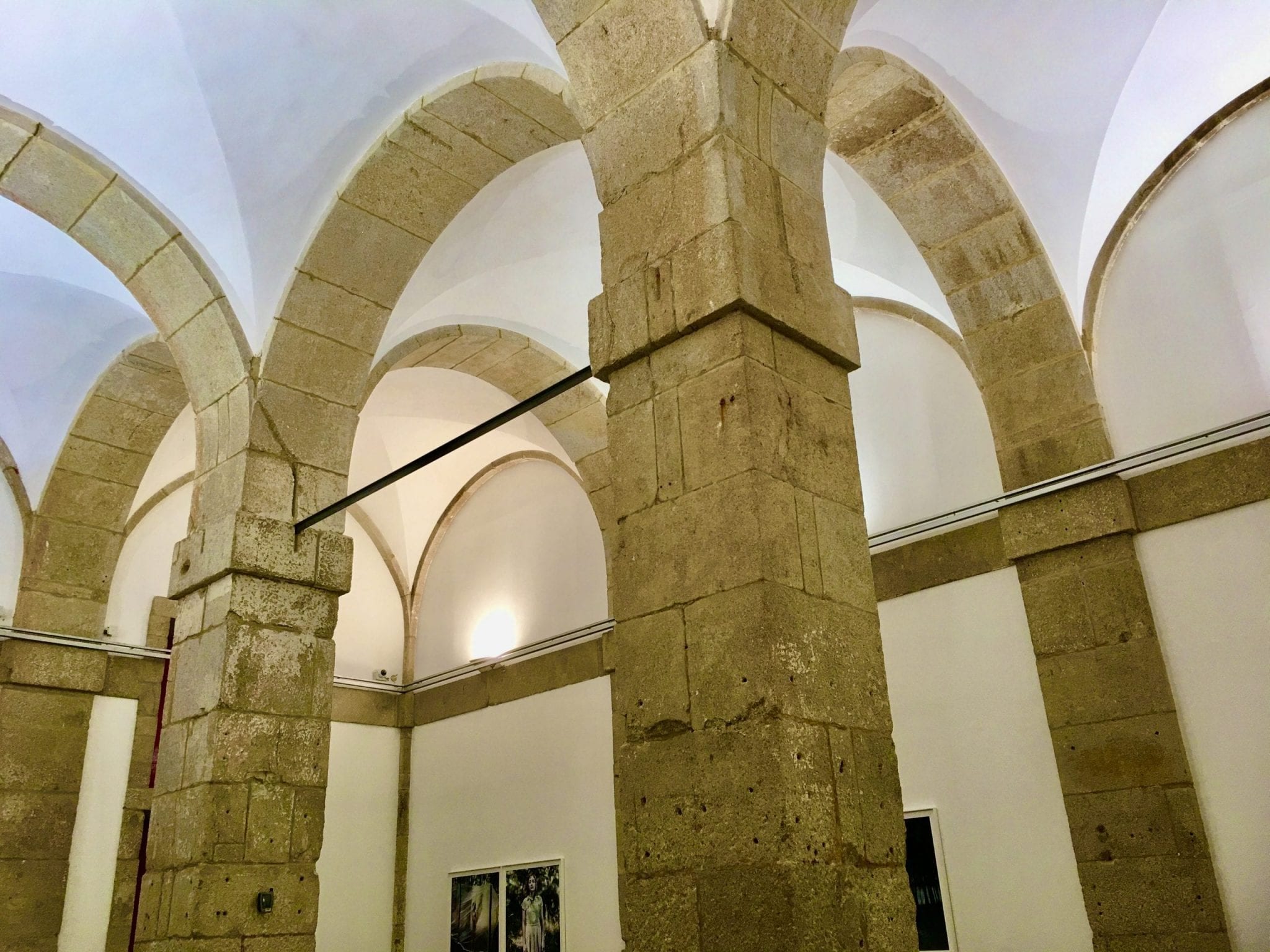
CONCLUSION
Looking out of the windows from the wealthy wing, the views are breathtaking, incorporating a wide radius of the hillside as far as the Se Cathedral and beyond… although the metal bars are a constant reminder that this was a jail and not a palace. While the prison may have been located on the outskirts of the town when it was built, with the growth of Porto over the centuries, it is now in the heart of the tourist area, close to the Clerigos Tower and the famous Lello Bookshop where J.K. Rowlings found inspiration for the Harry Potter Books.
Today the Museum houses 60 photographic collections as well as showing works of Portuguese and international photographers. It is a perfect space for exhibitions with good lighting and huge uninterrupted wall spaces.
SIDEBAR
Portugal is filled to the brim with abandoned historic buildings that are being restored, much like the prison. They are world-class and have appeared in several publications for tourism, design, architecture, and gastronomic reviews, with every article propelling the tourist business a step forward in the last few years. It is a petri dish for my favorite topic: adaptive re-use of space, where the intrinsic beauty of these spaces is recaptured giving them new life and a different purpose.
CENTRO PORTUGUES de FOTOGRAFIA
Campo Matires da Patria, Porto, Portugal.
Tel. 351/222 076310
mail@cpf.dgarg.gov.pt
www.cpf.pt

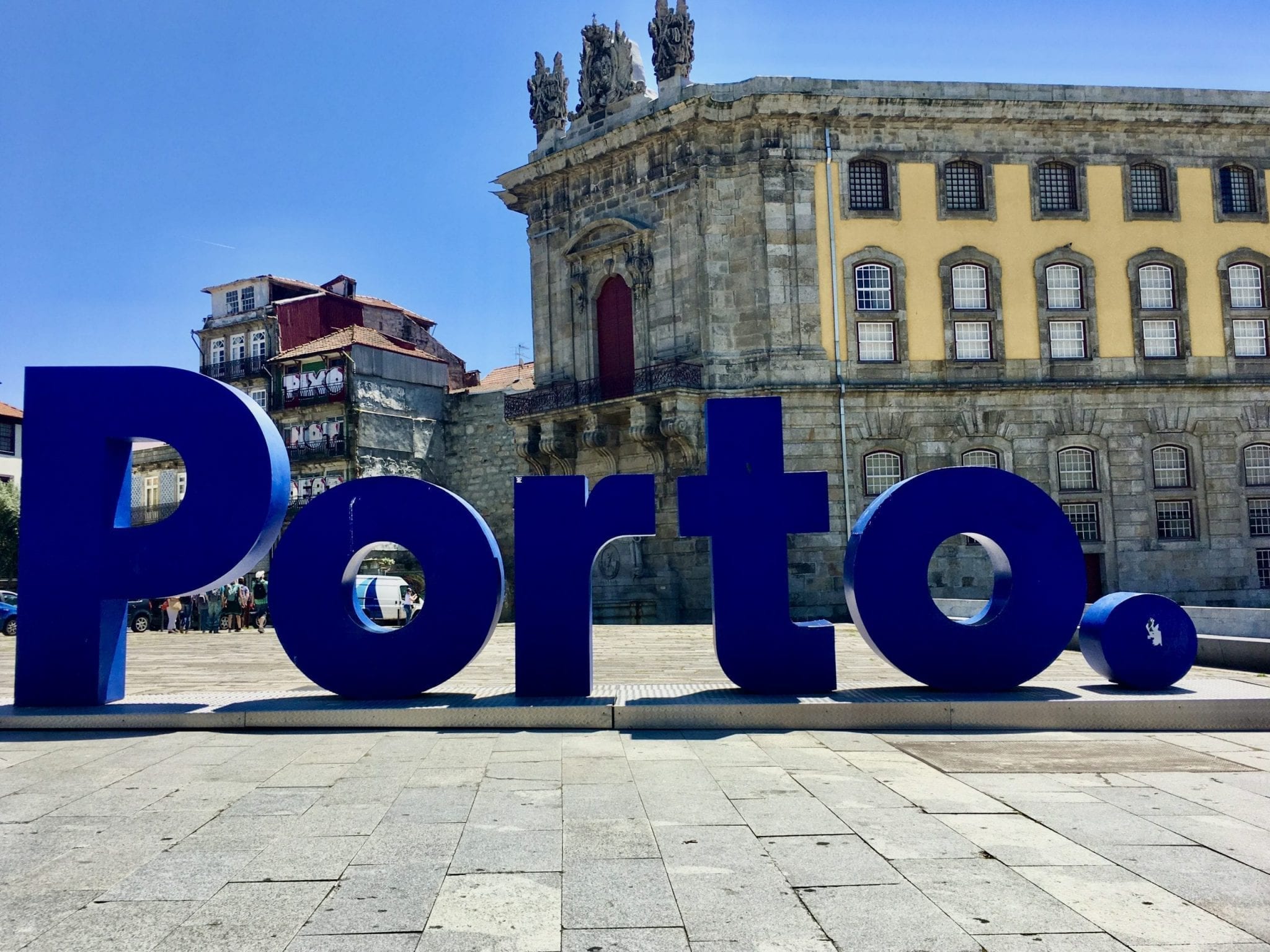
Phyl, love to read your blog and enjoy the bits of history you add. Great photos. Thanks for the journey.
Camille, thank you for staying in touch and telling me you enjoy the blog – I never know if anyone ever reads it! As I write about these places, it is like revisiting them, and we can’t travel now anyway – so, it’s a win win.
Ditto Camille’s comment.
Thanks Jo. I know you always read the blog and always comment – thanks for the encouragement. Time for us all to go back to Portugal and see the sites we missed on our first go around. When?
Thanks Jo. I know you always read the blog and always comment. Thanks for the encouragement. Time for us all to go back to Portugal and see the sites we missed on out first go around. When?
You always find the most interesting places for your blogs! Thanks for carrying me off to unusual, off the beaten path places without ever leaving home.
Marjie,
You mean to spend some time in the “big house”!! It was forbidding from the outside, but the conversion, inside, was amazing and made an ideal gallery space.
Thanks for reading,
Come and join me anytime!
Phyl.